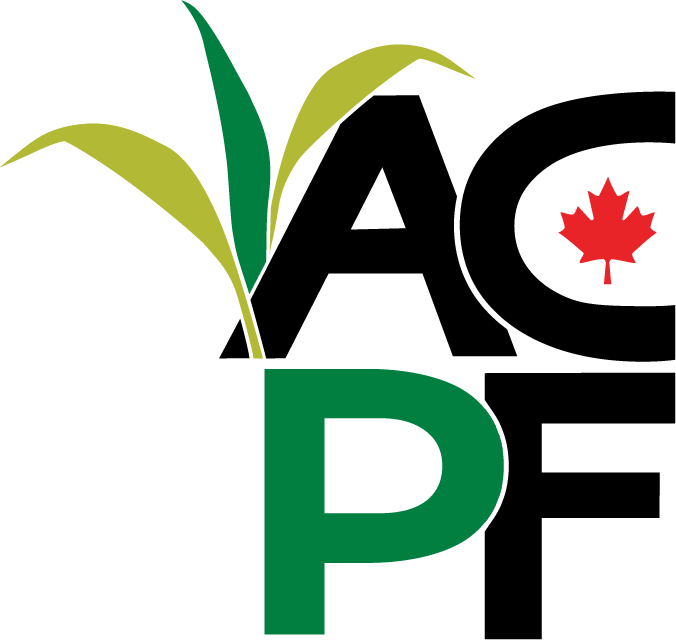During the session, Extended Grazing Problems, Steve Kenyon from Greener Pastures Ranching ltd presented a few tips and tricks for what to watch out for when extending the grazing season.
Types of extended grazing
Stockpiling forage
Stockpiling forage is a method of extended grazing where farmers let their pasture forage grow until the frost and then let their animals harvest their own food late into the winter months. This helps to save forage.
Deferred grazing
Deferred grazing allows plants to regrow and allows for grazing in late fall and/or early winter. The downside is low quality forage so farmers should do feed tests and supplement accordingly.
Residue or swath grazing
Residue or swath grazing is a method of extended grazing where swaths are left in the field for cattle to graze during the winter. Again, these can be low quality so farmers may need to supplement. Steve said sometimes he just needs to supplement on the last day of a rotation.
Other considerations
Weather
Farmers need to consider weather conditions when planning extended grazing. Snow can lead to a variety of issues. Very deep snow, or not enough snow, can lead to different outcomes. Swath grazing should not be started in the later months of winter when there is deep snow. It should be started in November when there is only a little bit of snow. Not enough snow means no access to water which leads to lots of extra labour to get water. Also, if the snow melts then freezes, the ice blocks the cattle’s access to food. Farmers should not plan for a full winter on swath grazing as to not muck up the ground with mud and instead need to plan and be ready to move their grazers.
Nutrition
Extended grazing can require supplement forage to prevent nutrition imbalance. For example, Steve noticed that many of his cows were lowing at him, discontentedly, every time he visited. Eventually, he took out two bales for them and they were content. He had to supplement a different forage. Polyculture is a good solution for imbalances.
Another concern is mineral imbalance due to the absence of polyculture. This can be supplemented with mineral packages and hay. For proper supplementation farmers need to know what’s missing then decide what is the best way to supplement (ie. choose high quality hay bale). Farmers can supplement protein with pellet feeders but must make sure to put out enough bunk space so boss cows don’t hog it all.
Steve noted that farmers also must take into consideration the moisture content in the feed. Swath is much wetter than corn or bale. If the animals need water, Steve suggested a solar pump with heat tape around the top in case it freezes over. Farmers could use water lines with heat tape so they can thaw if it freezes.
Animal considerations
Farmers also need to take into consideration the different types of cows: diggers versus cleanup crew. Farmers need to watch cleanup crew cows in case they don’t get enough food as they are opportunists that snag food from the diggers.
When extending the grazing season, farmers must also take into consideration if the animals have experience with winter grazing. If they are not experienced, the animals need to be observed and may need to be phased into extended grazing slowly.
There are also concerns for calves on hay bales as the herd could push bales onto them. Calving cows feeding on hay can get stuck. Steve suggested not to bale graze when cows are really pregnant and instead to unroll the bales so they don’t lie down on the hay piles.
Questions farmers should ask include: How big is the herd? What type of livestock are you using?
It is important to observe the animals. Chewing cud is a good sign. If they seem discontented, farmers need to make an adjustment. Feed test and supplement when needed.
Uneducated populous
While participating in extended grazing, it is likely that farmers will get phone calls from others thinking they are not supplying animals with water and food. Be prepared for many concerned citizens thinking your cows are being neglected. When using snow as a water source, farmers do need a plan B for ice conditions.
Regardless, Steve stated that the most damaging environmental issue was not using snow as a water source. Because a water tub is stagnant in one location the ground becomes dug out, manure and urine build up over four months, destroying that riparian system. Steve stated that if he hadn’t used water but snow instead, the manure would have spread properly.
Last words
Finally, Steve stated that farmers should always have a plan B. It is easier to learn from others’ mistakes than to experience difficulties first hand.
Conference 2023
The CFGA is excited to announce that its 14th annual conference will take place Nov. 28 to Dec. 1 in person in Harrison Hot Springs, BC. This year’s conference theme is Forage Resilience in a Changing Landscape: Manage risk. Overcome challenges. Discover opportunities and we look forward to delivering the interesting and informative sessions the CFGA conference is known for. Please save the date to join us as we learn about issues facing the forage sector and how they overcome these challenges, as well as take a look ahead to opportunities. Watch the CFGA conference website for more information.
Back to Conference 2022



Laissez un commentaire